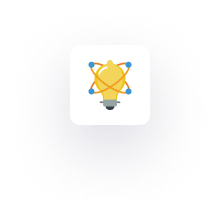The Go programming language has gained significant popularity recently due to its simplicity, efficiency, and performance. This section explores some key benefits of using Go in software engineering.
Quick Build Time: One of the standout features of Go is its impressively fast build times. The Go compiler is designed to compile code quickly, making the development workflow efficient. This is especially important in large projects requiring frequent builds during development.
Dependency Management: Go has a built-in dependency management system called "go modules." This system allows developers to manage their project dependencies effectively. With go modules, you can easily version and track the external packages your project relies on, ensuring that your code remains stable and consistent.
Ease of Understanding: Go is designed to be straightforward to read. It has a simple and clean syntax that emphasizes clarity and readability. This makes it easier for developers to understand code, leading to more maintainable and collaborative projects.
Cross Compilation: Go supports cross-compilation, which means you can build executable binaries for different platforms and architectures from a single codebase. This feature is valuable for building applications on various operating systems or architectures.
Garbage Collection: Go incorporates automatic memory management through a garbage collector. This feature helps developers avoid common pitfalls related to manual memory management and reduces the risk of memory leaks.
Concurrency: Ah, Yes, the Trademark Feature: Concurrency is one of the defining features of Go. Go provides native support for concurrency through goroutines and channels. Goroutines are lightweight threads that allow developers to execute concurrent tasks efficiently. Channels facilitate communication and synchronization between goroutines, making it easier to build concurrent systems.
This guide's Advanced Go section will give you a better concurrency introduction.


